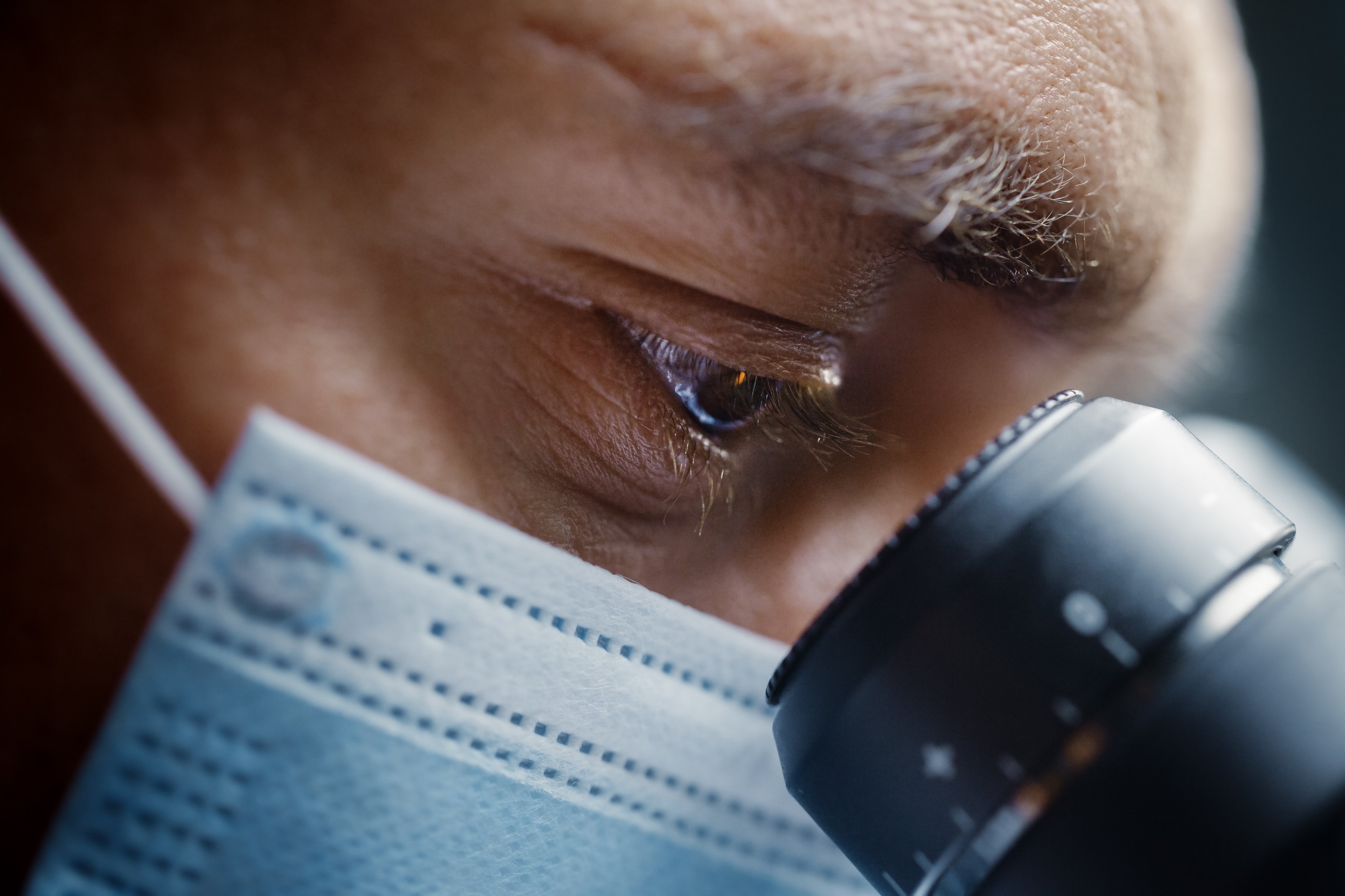
(Vienna, 04-04-2023) A team of researchers at MedUni Vienna has newly appraised the immunosuppressive effect of antithymocyte globulin (ATG) and identified a previously unknown mode of action. The new findings on ATG, which are used for induction therapy prior to organ transplantations and for the treatment of T-cell mediated rejection reactions, provide a new approach for further improvements in transplantation medicine. The results of the study were recently published in Cells.
ATG is an important therapeutic component in transplantation medicine. The effect of ATG is mediated by a complex interplay of several mechanisms, which include the direct inhibition and depletion of T cells, the induction of regulatory T cells and the modulation of dendritic cells. A research team led by first author Dragan Copic (Department of Internal Medicine III, Division of Nephrology and Dialysis) and study leaders Hendrik Jan Ankersmit (Department of Thoracic Surgery) and Michael Mildner (Department of Dermatology) at MedUni Vienna investigated the role of ATG in the release of paracrine factors by examining blood cells in greater detail.
Expanded understanding of ATG
The immunosuppressive effect of ATG is generally attributed to its T-cell depleting properties. However, evidence from various research groups points to additional modes of action that are mediated either directly on specific subsets of T lymphocytes or indirectly via the release of paracrine factors. In the current preclinical study, the MedUni Vienna team was able to demonstrate that ATG triggers a significant change in the gene signature of monocytes, mediated specifically by interferon-gamma released by T cells. This led to an increase in the surface expression of PD-L1 in monocytes, which functionally impaired the proliferative capacity and release of Granzyme B from activated CD8+ T cells in vitro. "In addition, the fact that PD-L1 expression on monocytes could still be detected several days after ATG treatment also points to a potentially sustained immunosuppressive mechanism of action of ATG," explains Dragan Copic. The first description of ATG-mediated PD-L1 expression on monocytes expands the existing understanding of ATG and its mode of action and offers a new starting point for further investigation in patient-relevant settings.
Publication: Cells
Antithymocyte Globulin Inhibits CD8+ T Cell Effector Functions via the Paracrine Induction of PDL-1 on Monocytes
Dragan Copic, Martin Direder, Katharina Klas, Daniel Bormann, Maria Laggner, Hendrik Jan Ankersmit und Michael Mildner
doi: 10.3390/cells12030382.
https://doi.org/10.3390/cells12030382